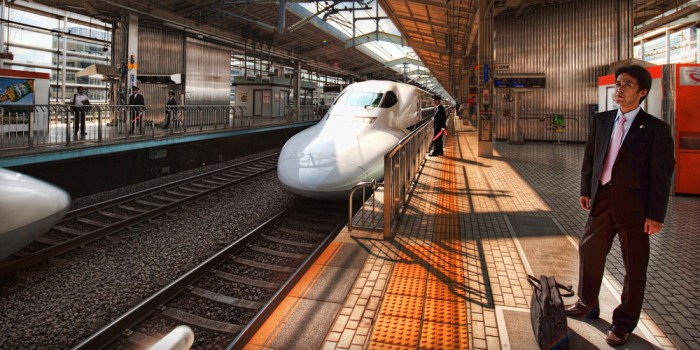Learning from Bus Buddhists
In psychological terms, context is almost everything. Much as we like to think that we know how we will act and react in a given situation, without the richness of...
The Cost of Making Your Customers Wait

Recently I was reading some research about how people respond differently depending on timescales.
Researchers at Princeton gauged people’s reactions when they were offered a choice between receiving a $15 Amazon voucher today, or a $20 one in the future (two or four weeks later).
$15 $20
Now Later
Rationally the response should be the same – none of the participants was actively seeking an Amazon voucher, they didn’t need one at that moment in time, so why not wait and get the larger amount in a couple of weeks, right?
In my experience it’s almost always a mistake to think that consumers will make rational decisions; when it comes to consumer behaviour they rarely do. So what did the research find and what are the potential implications?
What was revealing was the way in which people’s brains reacted to the alternatives: scans showed that the chance to have something now triggered disproportionate activity in the limbic area (the part of the brain associated with emotions). And the greater the activity here, the more likely people were to take the lower valued voucher now.
Just to be completely clear, people would take a voucher worth 25% less just so they could have it now, even though they didn’t need it.
The scans showed that both options induced activity in the decision-making area of the brain (the lateral prefrontal cortex) but that the idea of having something now triggered the additional emotional response that was critical in influencing choice.
This research sheds light on some things we might intuitively have realised but also suggests some practical action worth taking in your own sales and marketing to harness this aspect of consumer behaviour:
On the other hand if you’re reading this as a consumer… if you’re trying to save money (and who isn’t at the moment) be prepared to wait for a product in order to save. Temper the desire that can well up inside you to say “Nuts, I’ll take it now” – it can overpower your willingness to shop around for an alternative that could be considerably cheaper. [I can save 20% on a watch if I’m prepared to wait ten days for it.]
Source: Separate Neural Systems Value Immediate and Delayed Monetary Rewards
Samuel M. McClure, David I. Laibson, George Loewenstein, Jonathan D. Cohen,
Science 15 October 2004: Vol.306. no.5695, pp.503-507 DOI: 10.1126/science.1100907
Image courtesy: Trey Ratcliff